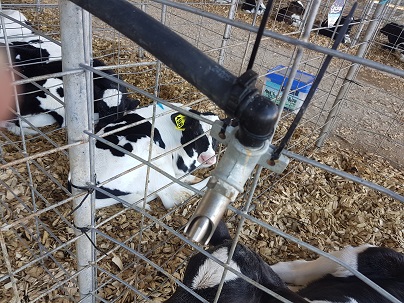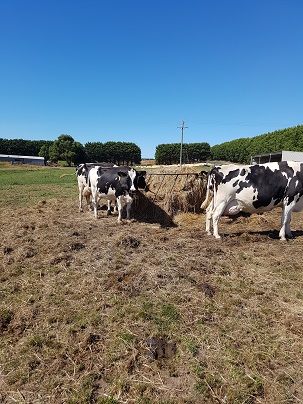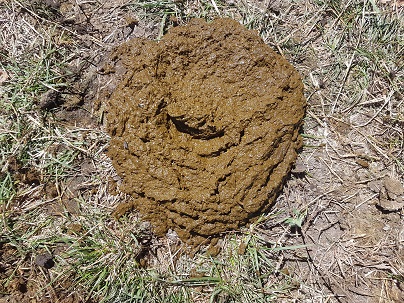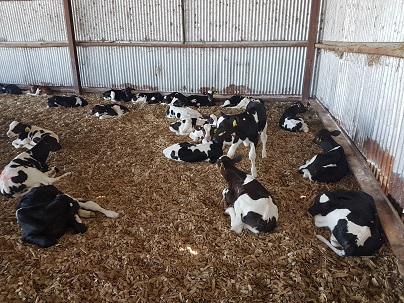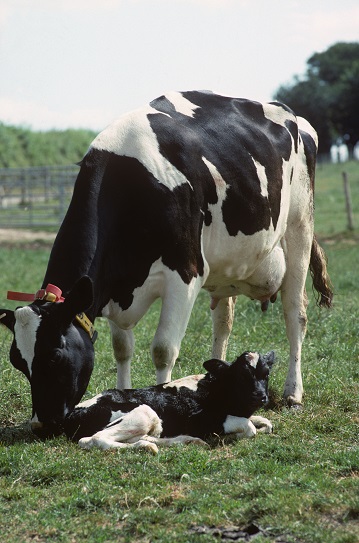Digestive Tract Development in Newborn Calves
Most newborn calves are separated from their mother soon after birth on modern dairy farms. In the first few weeks of life they then consume less milk solids daily than if they were nursed by their mothers. We then expect rapid growth and development of the GI tract to accommodate digestion of solids feeds and early weaning. Natural weaning takes up to ten months. We expect our calf to achieve this in two months.
Enormous research has gone into calf rearing systems to minimise cost and labour rather than focusing on development of the GI tract to digest solid feeds. Right or wrong, our new born calf is certainly “put to the test” during its first few weeks of life. Despite history telling us through ever increasing productivity of our cows we’re doing a better job, however, USDA data highlights mortality rate is still around 10% and morbidity (depressed) near 50%.
There are two challenges a newborn must overcome: 1) they must overcome attacks on their immune systems, 2) transition from a monogastric to a ruminant. Weaning at two months is determined by surviving a pathogen attack in the first few weeks. Digestive disease is number one threat. Gut ailments or infections either end in mortality or expensive antibiotic treatment costs and retard development. Calves are born with little immunity and we have twelve hours to administer colostrum for it to be effective to passive immune transfer.
Even the switch to whole milk or milk replacer immediately after administration of colostrum, robs our calf of hormones, prebiotics and immune stimulants that may aid in development of the GI tract, and are found in fresh cow’s milk for up to a week after calving. There is a strong argument for collecting fresh cow milk for a week post-calving for feeding calves. It is also higher in fats and protein than milk past the first week. If you are using milk replacers, ensure they contain milk fats and proteins avoiding products containing fats and proteins of vegetable origin; they are poorly digested.
A calf should be drinking milk with 12% to 13% solids and at a minimum rate of 10% of their body weight. Calves fed up to 20% of their body weight have been shown to have higher lifetime milk production, but requires multiple daily feedings to avoid gut disease/infection (refer last month’s ‘Rumen Drinking’ article). While being fed as a monogastric on milk, the rumen is rapidly developing. At birth the calf rumen is only 25% of the forestomach. It must reach 70% to enable sound growth on solid feeds. Coarse calf grain mix is most effective for developing the rumen, enabling transformation of our calf’s diet from calories and energy from milk to Volatile Fatty Acids (VFA) from ruminal fermentation. Allowing 4 or 5 kgs of grain consumption post-weaning will accommodate the calf’s need for VFA’s for sustained growth, health and further development of the rumen to allow for digestion of forage which is very limited before six months of age. They will not get acidosis.
Newborn calves that survive pathogenic challenges will naturally develop a functioning rumen and should double their birth weight in sixty days. There is as much art in this as science, as any successful calf rearing person knows.




